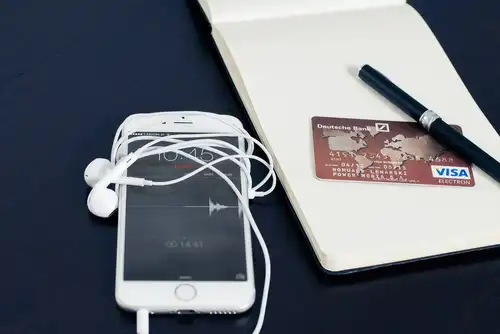Credit card processing
Credit Card Processing 101 - How It Works & Best Options
August 20, 2020
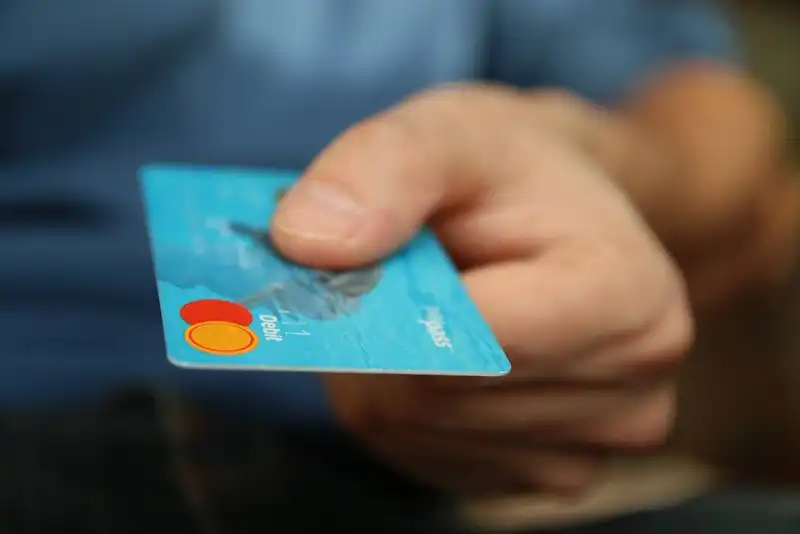
As today's marketplaces become more digitized, it has become vital for businesses to adapt to new and emerging technologies. This is especially true when it comes to diversifying the method of accepted payments.
According to a survey of 1,800 consumers, 84% of respondents said that it is important for a business to offer the ability to pay with a credit card. Expectations were even higher for certain types of businesses, such as restaurants, supermarkets, and retail establishments.
In other words, it's important for any business today, regardless of size, to readily accept credit card payments, whether it is on a point of sale (POS) device, online, or over the phone. However, doing so requires having a provider that can handle each credit card transaction safely and securely through credit card processing.
How Credit Card Processing Works
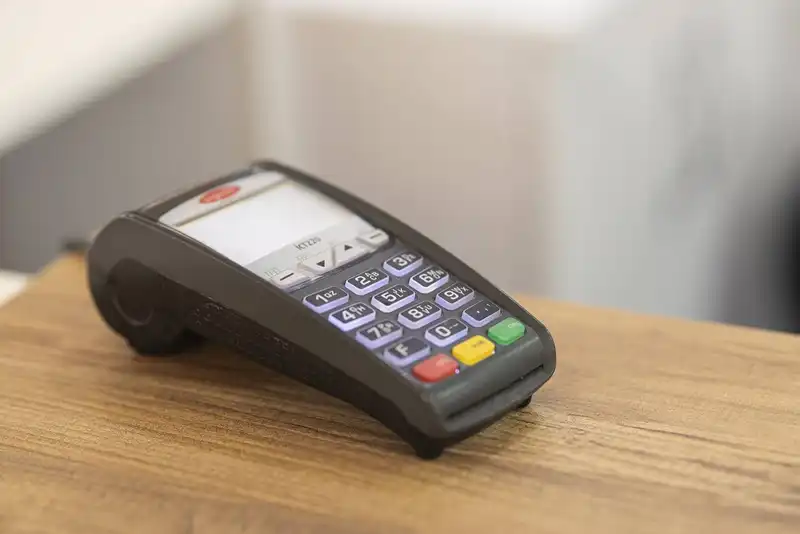
The act of making a purchase using a credit card triggers a complex process where data is sent from the customer's credit card to the merchant's POS device, and then to the cardholder's bank - all in the span of a few seconds. In fact, swiping or tapping a credit or debit card and signing the receipt are just the first and final steps of credit card processing.
A comprehensive breakdown of this process can be summarized in 3 stages.
1. Payment Authorization
The first stage of any credit card transaction is payment.
- In the store, the customer pays by either swiping (magnetic stripe), tapping (contactless card), or dipping (EMV chip cards) their card. They can also use a digital wallet linked to their credit card, like Apple Pay.
- Online, the customer inputs their credit card details into a payment form on an app or website.
- For phone transactions, a virtual terminal provides secure credit card processing.
The merchant's credit card terminal or website sends the cardholder's details, including the credit card number, expiration date, security code, and payment amount to the store's acquiring bank or processor. This information is forwarded to the appropriate credit card network (e.g. Visa, Mastercard), which then passes it on to the customer's issuing bank for authentication.
2. Payment Authentication
The issuing bank receives the payment request and verifies whether the cardholder has the available balance to make the purchase. The bank will also conduct security measures to authenticate the cardholder's details and determine whether the transaction shows any signs of fraudulent activity.
If everything is confirmed to be genuine, the bank account approves the transaction and communicates this to the payment processor and then to the credit card reader or terminal.
3. Clearing
The clearing stage is when details of the transaction are sent to the cardholder and merchant services in the form of statements. At the end of every business day, the merchant sends a batch of approved credit and debit card transactions to the acquiring bank or processor.
The card processing company then forwards details of each transaction to the corresponding credit card network, which then forwards it to the appropriate card-issuing bank. Funds and shares of transaction fees are moved between banks, credit card networks, and acquiring processors to keep the system running.
Parties Involved in the Credit Card Process

The fact that each credit card transaction happens in a matter of seconds is made possible by the seamless collaboration of these 6 participants.
1. Customers - Customers, or cardholders, are responsible for providing their credit card details at the time of sale. Customers that use credit cards fall into two general categories - transactors and revolvers. Transactors pay their credit card balance in full and on time every month, which means they avoid paying interests and late fees. Revolvers, on the other hand, repay a portion of their credit card balance every month, while the rest accrues interest.
2. Merchants - The merchant, or business, sells goods or services to customers and offers them the option to pay with a credit card. The merchant also sends credit card information and requests payment authorization from the customer's card-issuing bank.
3. Acquiring Bank - Regardless of whether a merchant interfaces with customers online, over the phone, or in-store, they will need a merchant account from an acquiring bank to process credit card payments. The acquiring bank acts as an intermediary between the merchant and the cardholder's bank.
4. Payment Processor - The payment processor is a third-party company, sometimes an affiliate of the acquiring bank, that provides the infrastructure allowing the merchant to accept credit, debit, digital wallet, and gift card payments. Credit card processing companies provide the terminal or POS device that accepts and sends credit card data to the network and approval requests to the acquiring bank.
5. Credit Card Network - The four major credit card networks, Visa, Mastercard, Discover, and Amex, are responsible for receiving credit card payment details from acquiring processors, forwarding payment authorization requests to cardholders' issuing banks, and sending the issuing banks' responses to the acquiring processor.
6. Card-Issuing Bank - The issuing bank is the bank that issued the cardholder's credit card used in the transaction. It receives the request for payment authorization and approves or denies the transaction based on the cardholder's available balance.
Costs and Fees Associated with Credit Card Processing

According to the Pew Research Center, 3 out of 10 US adults make no cash payments during an average week to pay for their purchases. With so many customers choosing to go cashless, businesses must have the ability to process credit card payments in order to maintain customer service satisfaction and prevent lost sales. However, this involves more than just opening a merchant account and placing a credit card terminal on the counter.
There are processing fees and costs associated with credit cards, including-
Merchant Discount Rate
This fee is charged to merchants for accepting and processing debit and credit card payments. The merchant discount rate typically sits between 1% to 3% (with eCommerce merchants typically paying the higher end due to the costs of added security) of the total purchase price after taxes. As such, it's important that merchants bear this fee in mind when pricing their goods and services so it does not affect their margins.
The merchant discount rate, in turn, is broken down into these components.
- Interchange Fees - These are transaction fees that the merchant's bank and acquiring processor pay to a card-issuing bank whenever one of their cardholders make a purchase from their store. Interchange fees are not static and are influenced by interest rates and the costs of moving money. Visa and Mastercard, for instance, update their interchange fees twice a year - in April and October - and charge different rates based on the card type (e.g., debit and credit), transaction type, and business size among other factors.
- Assessment Fees - These are usually flat rate fees paid to the credit card networks. As of February 2020, Visa and Mastercard each charge a rate of 0.14% and 0.1375% of the total purchase price, respectively.
- Markup Fees - These fees are charged by a payment processor to cover the cost of processing credit card payments.
Chargeback Fees
Chargebacks are an incidental fee that merchants pay when a cardholder disputes a transaction charge with their issuing bank - also known as the chargeback process. While reassuring to consumers, they can mean lost revenue to merchants.
The exact rate can vary from situation to situation, depending on the acquiring bank and processor. For example, fees can be higher for merchants with a history of multiple disputed charges.
How Businesses Can Keep Credit Card Processing Secure
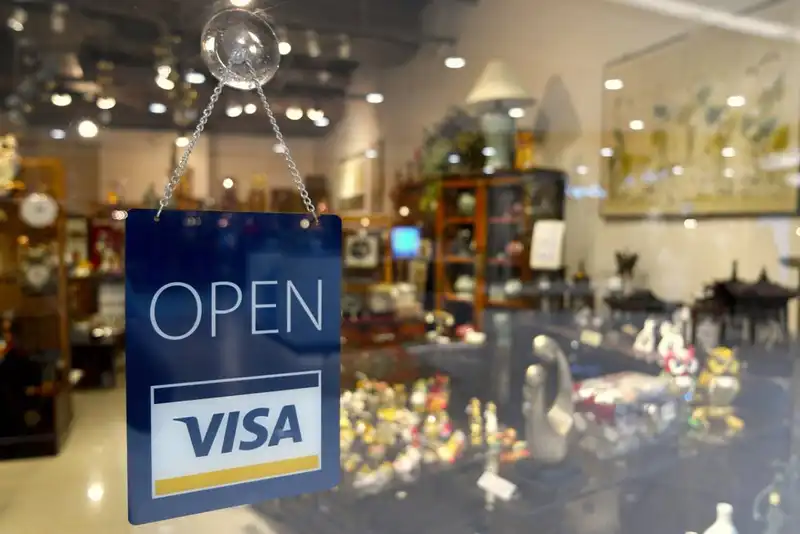
The integrity of credit card processing rests on the assumption that all parties have confidence in the security of the system and take the necessary steps to keep it secure. For example, consumers are allowed to pay by credit card only if they willingly hand over their payment details to businesses. Businesses, in turn, are required to keep this information safe.
The Payment Card Industry Security Standards Council provides a framework of mandatory guidelines collectively known as PCI compliance, which applies to any organization that accepts and processes card payments. Complying with these standards means that businesses are expected to do the following.
- Use payment processing systems that comply with PCI standards. The merchant's processor must have a demonstrable track record of solid data security and verifiable uptime for its card payments network.
- Require customers involved in online transactions to verify their identities by providing their card numbers, card expiration dates, billing addresses, CVV codes, and authentication data if necessary.
- Take the necessary steps to reduce security risks in the payment environment, whether it's by updating the infrastructure that processes and store's card data or by regularly installing security patches to your system.
- Use security tools to further bolster the security and safety of your card payment environment.
Knowing Your Credit Card Processing Options
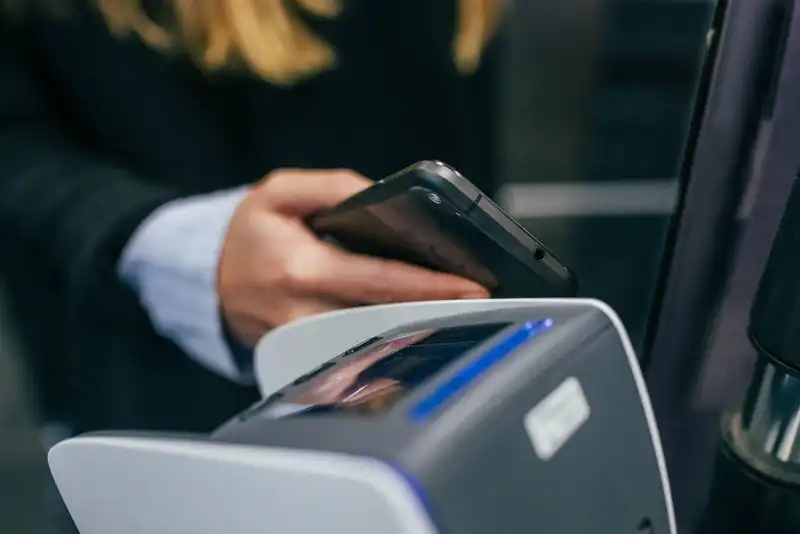
When looking at options for accepting credit card payments, it can be easy for merchants to fall into the trap of thinking that one method is better than the rest. In truth, the best' option is the one that matches the needs of the business and can be any of the following.
- Credit Card Terminal - The standard credit card terminal or machine is arguably the most recognizable device for accepting credit card payments and is a must-have for brick-and-mortar stores. Credit card terminals have evolved over the years. Back in the day, they were only able to read the magnetic stripe on a card through swiping, while today's terminals can read EMV chip cards and devices with near-field communication (NFC) chips.
- Mobile Point of Sale (mPOS) System - A mobile POS is an electronic software installed on a mobile device, such as a tablet or smartphone, which can then be used to accept credit card payments and process orders. mPOS solutions are ideal for small businesses and companies with changing locations, such as events companies, weekend merchants, and trade shows.
- eCommerce Payments - The added security concerns of accepting online credit card payments make it all the more important to choose a reliable processing company - one with the ability to securely accept and store credit card data online and offline.
Benefits of Using POS Systems for Merchants and Customers

A point of sale system is similar to a terminal but is integrated into a machine designed for the specific needs of the business using it. For example, a restaurant POS will accept credit card payments and have restaurant-specific features, like online ordering and custom seating management.
POS systems may also have other features that enhance the payment process, including
- Check Splitting - In restaurants, this feature allows a group of diners to work out how they want to split the check between themselves.
- Gratuity - For businesses like beauty salons, bars, and restaurants, having a POS system that provides customers with the option to automatically offer a gratuity creates a convenient and efficient customer experience.
- Integration with Accounting Systems - A POS system with accounting software integration will automatically transfer records of credit card transactions to the company's preferred accounting software. This allows the business to gain insights regarding their consumer credit card spending and determine whether their investment in card payment infrastructure is paying off.
In today's highly digitized world, businesses can't risk losing sales just because they don't have the ability to accept and process card payments. Debit and credit card processing are no longer nice to have' functions, they are essential requirements for any modern business.

The Rise of Fast Food Automation and What It Means for the Industry
2023-02-23
Read More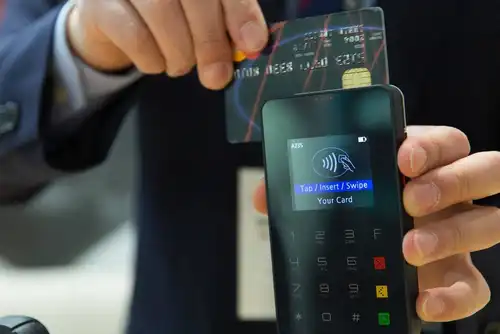

The Best Digital Wallet Apps in 2022 That Will Save You Money
